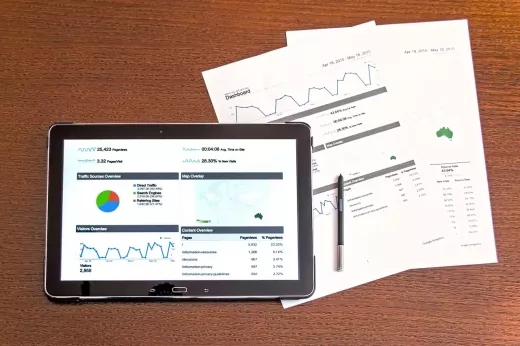Benefits of A/B testing in email marketing
A/B testing can help you improve the effectiveness of your email campaigns in many ways. Below are some of the significant benefits of A/B testing in email marketing:
1. Higher Conversion Rates
The primary benefit of A/B testing is that it helps you achieve higher conversion rates. By testing different variables in your emails, you can find out which elements work best for your audience. This knowledge can help you make informed decisions about what to include in future emails, leading to higher conversion rates.
2. Improved Engagement
A/B testing can also help you improve engagement rates. By testing different variables, you can determine what resonates best with your audience. This knowledge can help you create more targeted and engaging content that will keep your audience interested and engaged.
3. Better Segmentation
A/B testing can also help you segment your audience better. By testing different versions of your emails, you can identify which variables work best for different segments of your audience. This knowledge can help you create more targeted campaigns that are tailored to the specific needs and interests of your audience.
4. Cost-Effective
A/B testing is a cost-effective way to optimize your email campaigns. Instead of making changes to your entire email list, you can test different variables on a small sample of your audience. This approach allows you to make data-driven decisions without risking the effectiveness of your entire email campaign.
A/B testing statistics
A/B testing is a popular technique used by email marketers to optimize their campaigns. Here are some statistics that highlight the importance of A/B testing in email marketing:
- A/B testing can lead to a 49% increase in unique open rates.
- Emails that are personalized using A/B testing have a 29% higher unique open rate.
- A/B testing can lead to a 14% increase in click through rates.
- A/B testing can lead to a 15% increase in revenue per email.
These statistics demonstrate how A/B testing can significantly improve the effectiveness of your email campaigns.
How to conduct A/B testing in email marketing
A/B testing in email marketing involves testing different variables to see which version of an email performs better. Here are the steps to follow when conducting an A/B test:
1. Determining your A/B testing goals
The first step is to determine what you want to achieve with your A/B test. Your goal could be to increase open rates, click-through rates, or conversions. Whatever your goal is, make sure it is specific, measurable, and achievable.
2. Choosing your A/B testing variables
The next step is to choose the variables you want to test. Some variables you can test include subject lines, email copy, call-to-action buttons, images, and send times. When choosing your variables, make sure they are relevant to your goals and are likely to have a significant impact on your email's performance.
3. A/B testing best practices
When conducting an A/B test, it's important to follow some best practices to ensure accurate results. Some best practices include testing one variable at a time, testing a large enough sample size, and running the test for a sufficient amount of time.
4. Interpreting and analyzing A/B testing results
Once the test is complete, it's time to analyze the results. Look at the metrics that are relevant to your goals, such as open rates, click-through rates, and conversions. Compare the results of the two versions of your email to determine which version performed better.
Tools for A/B testing in email marketing
There are several tools you can use to conduct A/B testing in email marketing. Here are some of the most popular tools:
1. Mailchimp
Mailchimp is an email marketing platform that offers A/B testing capabilities. You can test different variables like subject lines, send times, and content. Mailchimp also provides detailed reports that help you analyze your test results.
2. Campaign Monitor
Campaign Monitor is another popular email marketing platform that offers A/B testing capabilities. You can test different variables like subject lines, send times, and content. Campaign Monitor also provides detailed reports that help you analyze your test results.
3. Litmus
Litmus is an email testing and analytics platform that offers A/B testing capabilities. You can test different variables like subject lines, email copy, and images. Litmus also provides detailed reports that help you analyze your test results.










